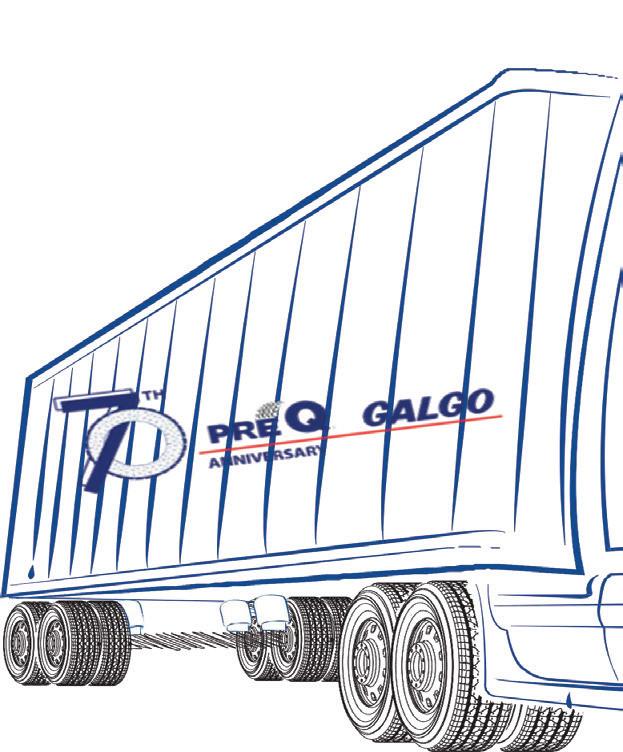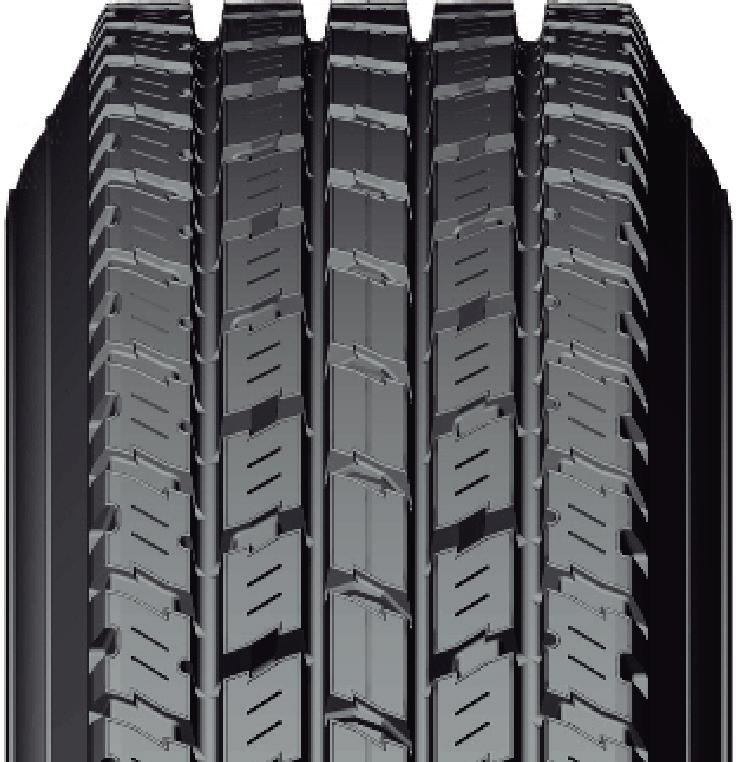
2 minute read
TEN Insights

from Modern Tire Dealer - June 2022
by EndeavorBusinessMedia-VehicleRepairGroup
the application is important. Nylon and polyester belt plies are traditional. Some of the benefits of nylon are improved integrity at elevated temperatures, improved toughness, improved fatigue resistance, improved impact resistance — akin to armor, improved wear resistance, and more.
Polyester/nylon tires provide the best performance for select applications. Here are a few considerations dealers should evaluate when choosing tires: traction, load carrying capacity, soil compaction, driver comfort, durability and value for money.
Selecting the right tire for the application impacts fuel and vehicle efficiency, crop yield, soil or crop root damage, high carbon sequestration, vehicle downtime and maintenance, vibration and more.
MANUFACTURING HIGH-QUALITY PRECURED TREADS AND RETREADING MATERIALS SINCE 1952

We provide world-class retread solutions to independent retreaders throughout the United States and Canada that includes over 70 different precured tread designs, commercial & OTR extruder strips, cushion, repair materials, and technical support.
Pre-Q Galgo Corporation 4329 Bronze Way Dallas, TX. 75237 Ph # 214 330 7300 - Fax # 214 331 2222 E- mail: info@pre-q.com www.pre-q.com GREG GILLAND, vice president, global agriculture, Maxam Tire North America:
e key di erence between the two types of construction is how the radial tire uses the single radial casing as a spring mechanism to push the working belts onto the working surface. is ensures a uniform contact patch for the tire’s tread to deliver both the necessary traction and friction to carry the required load in any direction under power.
In the case of bias-ply tires, the carcass is made up of multiple plies of material that function as a single unit like a balloon to push the tread onto the surface area. Under a working load, both tires work very di erently as to how the tread area or footprint will function to deliver needed traction. e improved footprint and traction delivered by radial tires have accelerated the transformation of the specialty tire segment toward adopting radial tires.
DAVID GRADEN, operational market manager, agriculture, Michelin North
America Inc.: When choosing the best tire construction, it all comes down to application as nylon/polyester/steel-belt and all-steel casings have di erent features and bene ts. When determining the right tire for an application, consider what the client will be doing with his machine. As a general rule, polyester is known for better ride characteristics, whereas nylon is known for increased durability. e need for one over the other can also be determined by how much or little exibility is needed for the tire to perform at its potential.
RYAN LOPES, national product manager, Yokohama Off-Highway Tires
America Inc.: ough our selection of carcass ply material is o en proprietary, the choice between polyester and nylon is typically a matter of balancing strength, adhesion, weight and cost within the demands of the application. All-steel construction o ers the combination of durability, strong adhesion and excellent heat dissipation, which is why you’ll see it in premium ag tires designed for highspeed, high-strength applications. Another aspect of tire design lies in innovative uses of cap plies and belt edge strips, which allow us to tap into various materials to provide added functionality and enhance tire life. ■







